Feeling Like the End Times
In which Norm spins up the new Blu-ray editions of STAR TREK: LOWER DECKS and TOM CLANCY'S JACK RYAN. Physical media rules!
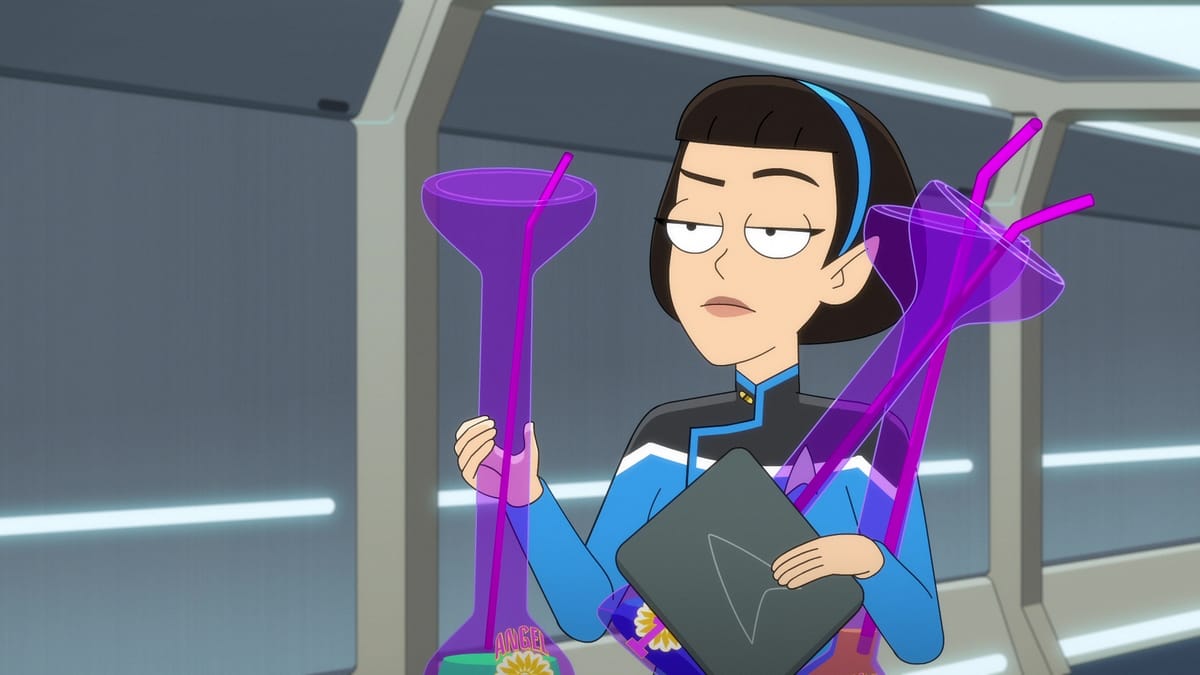
Confession: I was not a huge fan of Star Trek: Lower Decks when it first arrived.
When Mike McMahan’s animated series – set in the Next Generation section of the franchise, following a quartet of ensigns goofing around in the bowels of “one of Starfleet’s least important ships” – premiered back in August 2020, I wrote that it was bursting with both potential and genuine love for the franchise it was goofing around with, but that its first four episodes were trying too hard to be wacky, and it needed to settle down.
Well, it settled. And when I wasn’t looking, it became one of my favorite shows, Star Trek or otherwise – a hangout comedy aimed at Trek nerds that’s as versed in the show’s lore as the fans, but with idiosyncratic characters who grow richer and deeper over the course of the series, maybe even experiencing more personal growth than their more famous comrades on the various Enterprises.

For four straight seasons, Becket Mariner, Brad Boimler, Sam Rutherford and D’Vanna Tendi (voiced respectively by Tawny Newsome, Jack Quaid, Eugene Cordero and Noël Wells) have helped each other work through their personal and professional issues while occasionally – very occasionally – helping the Cerritos save the Federation from universe-spanning threats.
Sometimes it’s an external menace that they just happened to be first to spot, and sometimes it’s the rampage of a hostile AI that someone built as a training tool. Mostly, though, it’s having to clean out a cursed trophy room or figure out a political solution after saying the wrong thing during second contact, because those are the stakes the Cerritos usually faces.
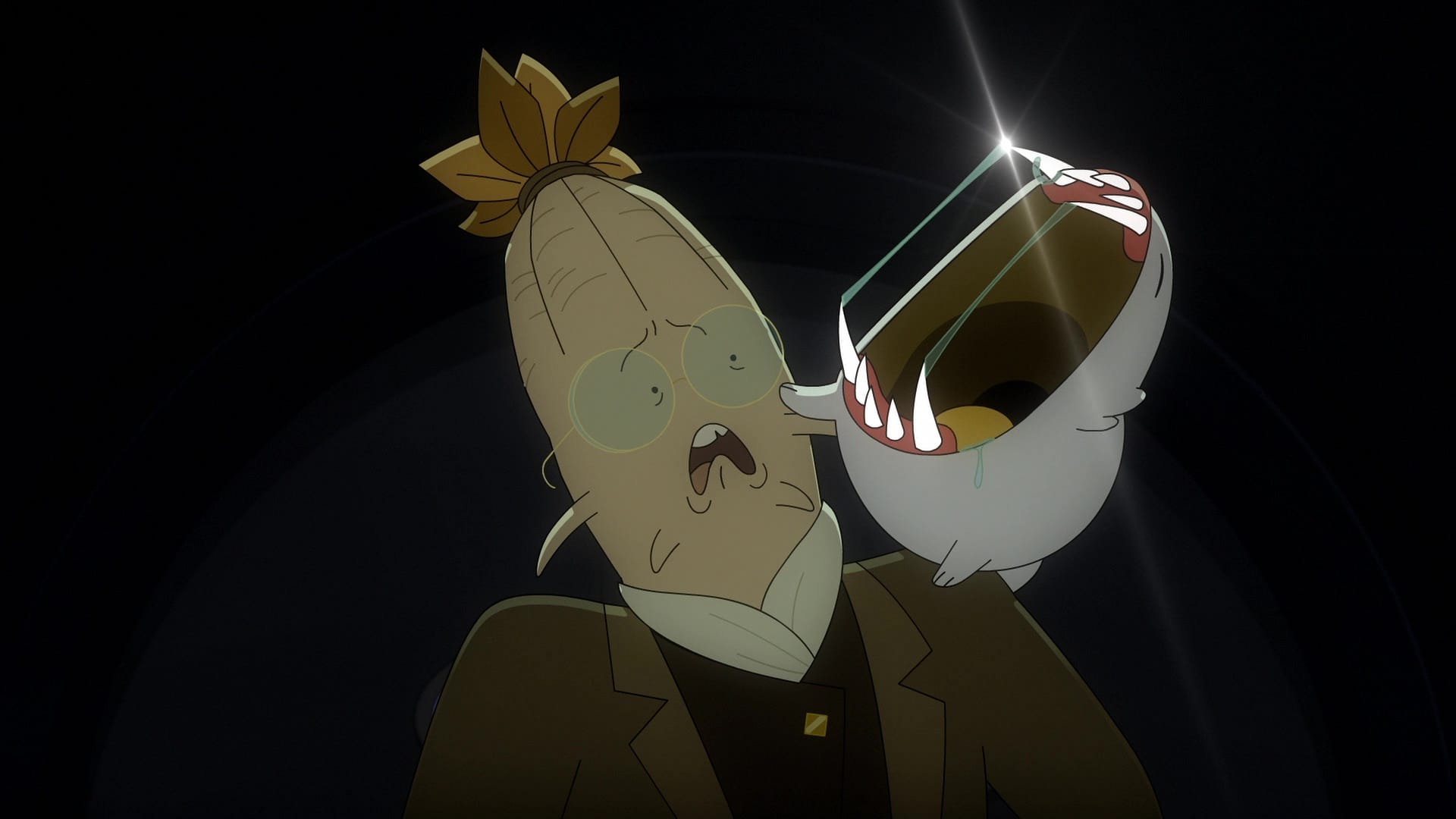
What’s special about this show – and what wasn’t really present in that first wave of episodes I reviewed four years ago – is that it allows for genuine evolution among the characters. It takes time, and said evolution doesn’t always proceed in the straightest of lines, but over the course of four seasons Mariner has worked through the reflexive defiance of authority that’s kept her career from ever taking off, the nervous Boimler has built up some level of confidence and pride in his abilities and platonic soulmates Rutherford and Tendi have risen in rank and responsibility while remaining massive geeks.
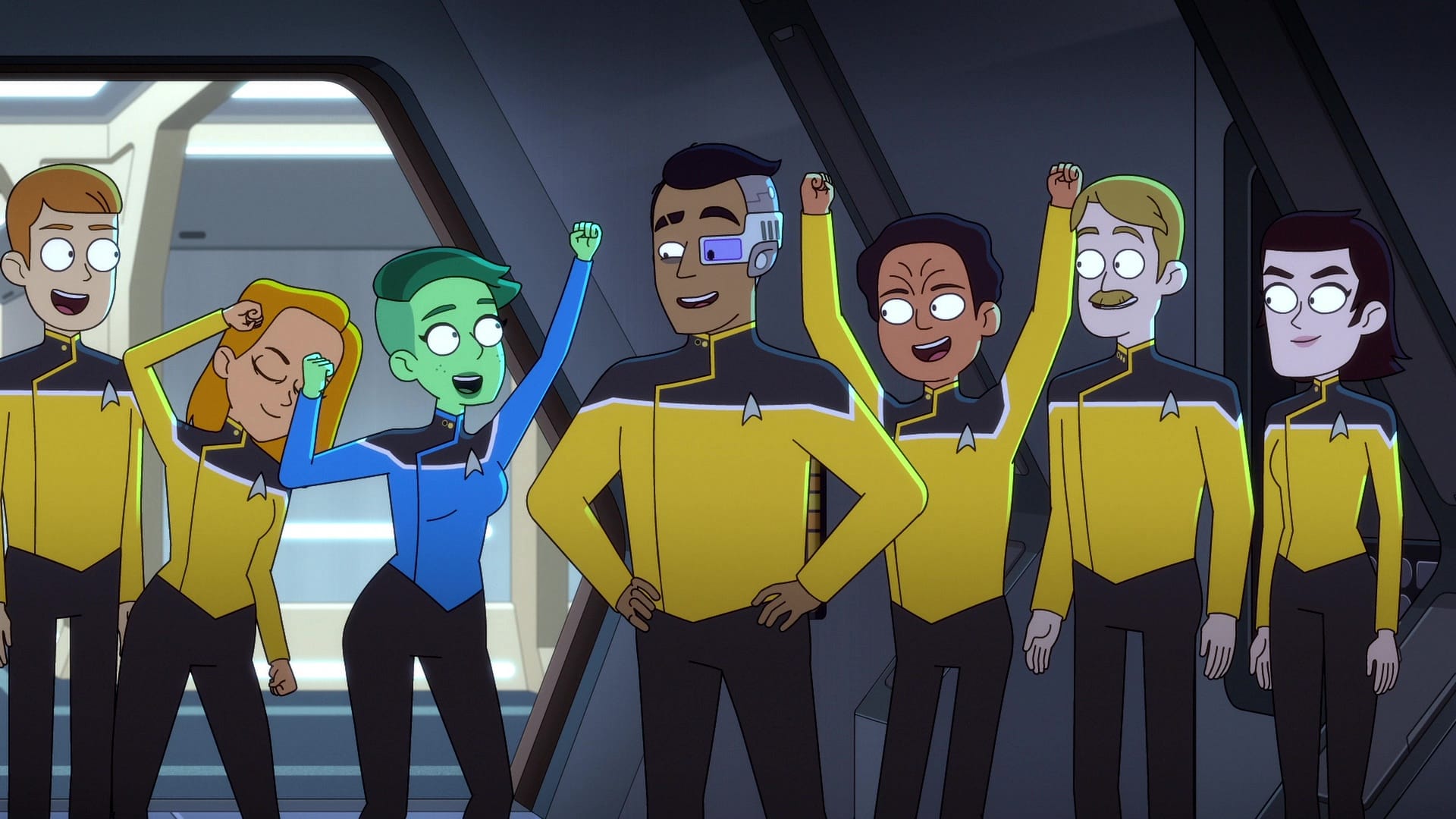
Also, it’s really funny, mining decades of incidental Trek plots and characters to explore the ways they have or haven’t reverberated through the years. McMahan took the Pakleds – better known as “those idiot aliens who kidnapped Geordi LaForge that one time” – and turned them into a season-long threat! He’s introduced a bunch of evil computers – one voiced by Jeffrey Combs, another by Kether Donohue – only to reveal that Starfleet security has an entire evil computer division. And he inserted Mariner into a Next Generation plotline, made it touching rather than exploitative, and used that retconned history to resolve another season-long threat.
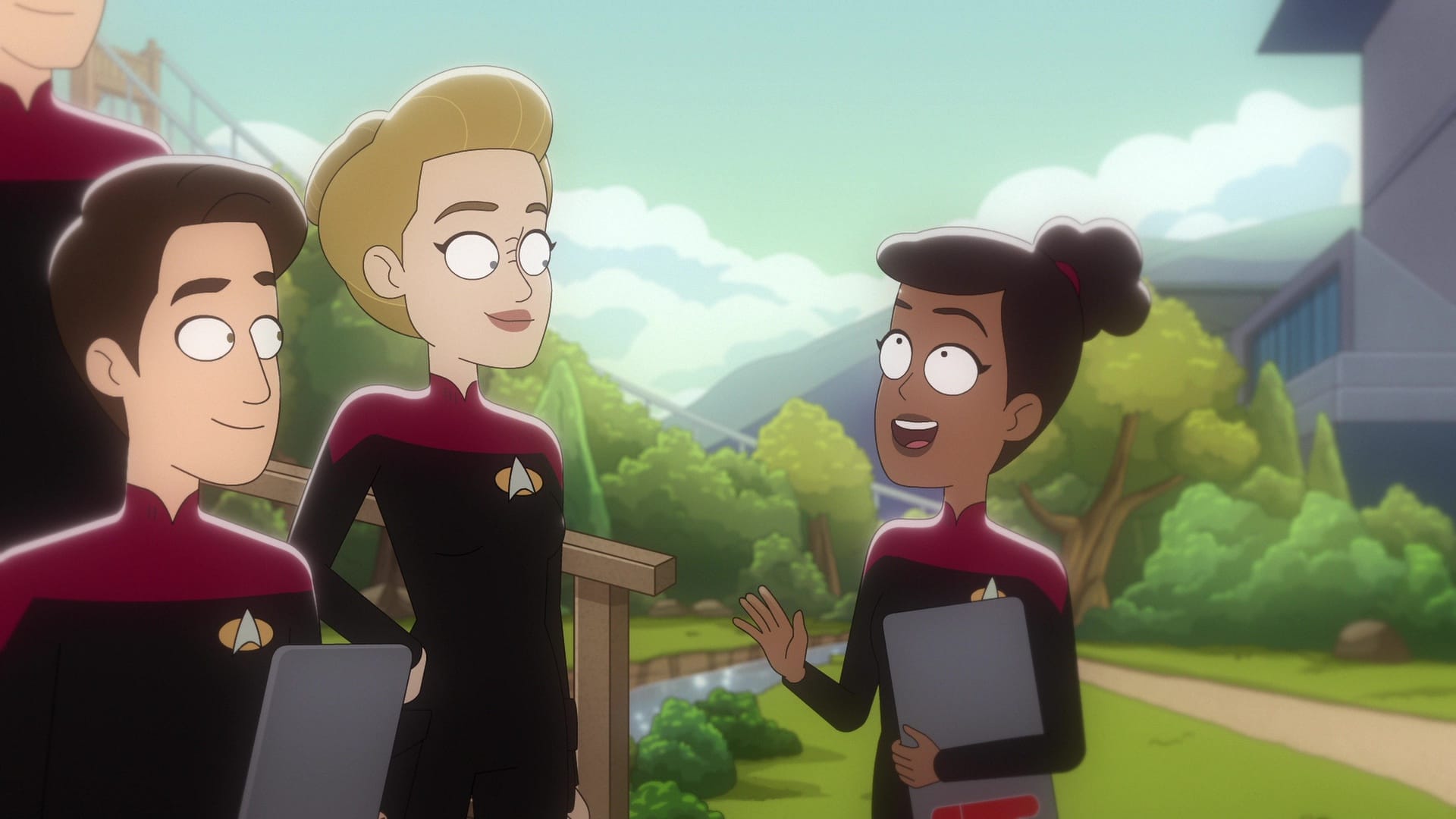
I suspect McMahan’s long game was to make us realize that Lower Decks was a proper Star Trek show all along, honoring both the tone and values of the Next Generation cycle while acknowledging that a lot of those episodes were pretty silly. And if you saw the Strange New Worlds crossover episode with Boimler dropping in on Captain Pike’s Enterprise, you know the show’s brand of silliness can work awfully well in live-action Trek, too.
Well, the Great Bird of the Galaxy giveth, and he taketh away. Just days before last week’s physical release of Season Four, McMahan and executive producer Alex Kurtzman announced the upcoming fifth season would be the show’s last. Which sucks, frankly, because while good Trek isn’t exactly hard to find these days, there’s no reason Lower Decks couldn’t keep on repping the brand.
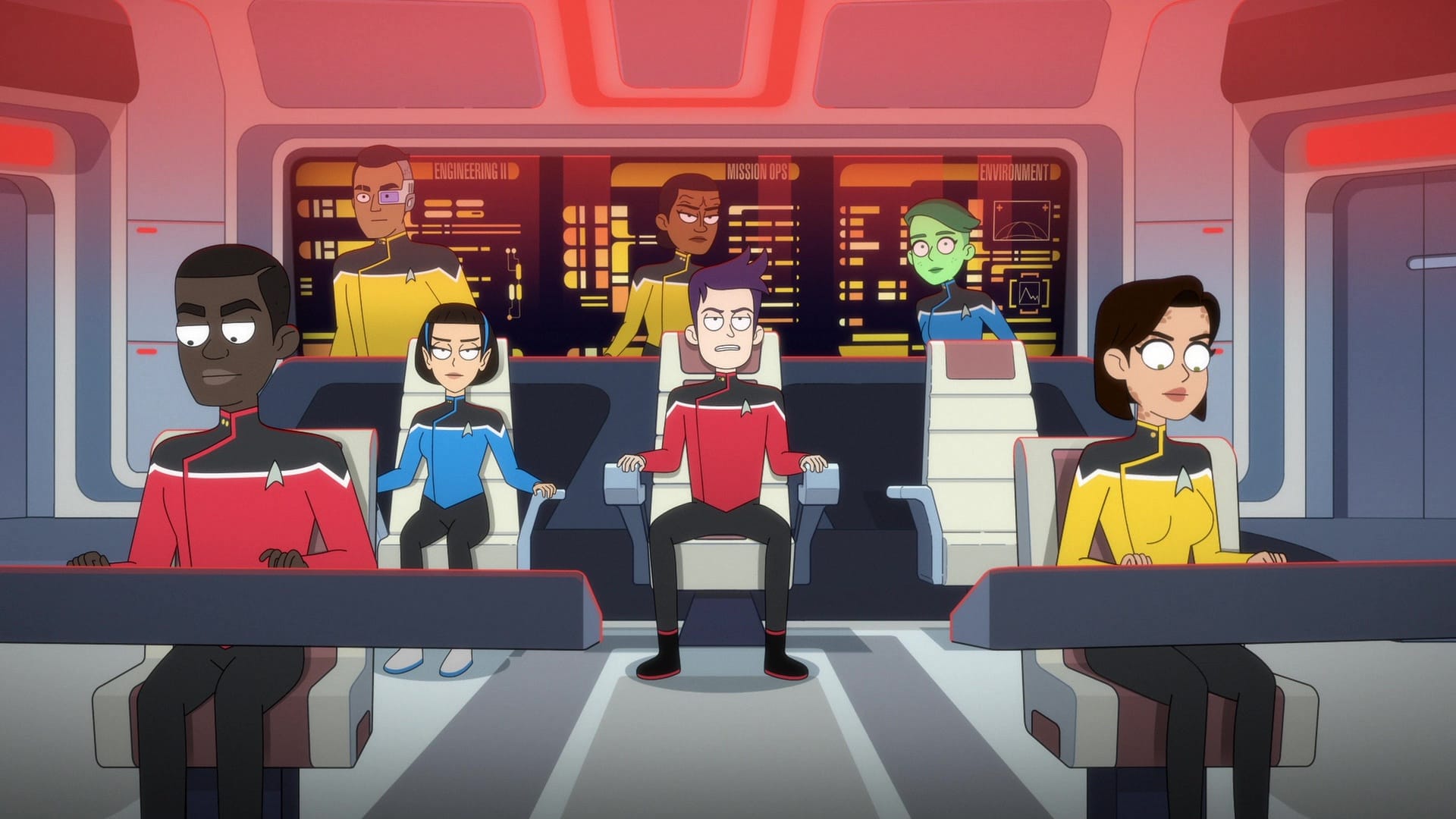
It can’t be that expensive to produce, after all – you can probably finance an entire season for the cost of two average episodes of Discovery – and McMahan clearly loves these characters and the freedom to play in the TNG sandbox; in their farewell note, he and Kurtzman said they “remain hopeful that even beyond Season 5, Mariner, Boimler, Tendi, Rutherford and the whole Cerritos crew will live on with new adventures.” So say we all.
I’ll miss the low-stakes space adventures, I’ll miss the sassy alien pals, some of whom grew into valuable members of the Cerritos crew and some of whom were just there to be obnoxious. most of all I’ll miss the rhythms of Mariner and Boimler good-naturedly needling each other: As anyone who’s heard Newsome and Quaid on Comedy Bang! Bang! can attest, their affectionate chemistry is truly a joy. It’s been really fun to hear the podcast infect Lower Decks in return, with CBB regulars like Paul F. Tompkins, Lauren Lapkus and Jessica McKenna turning up among the Cerritos’ crew.
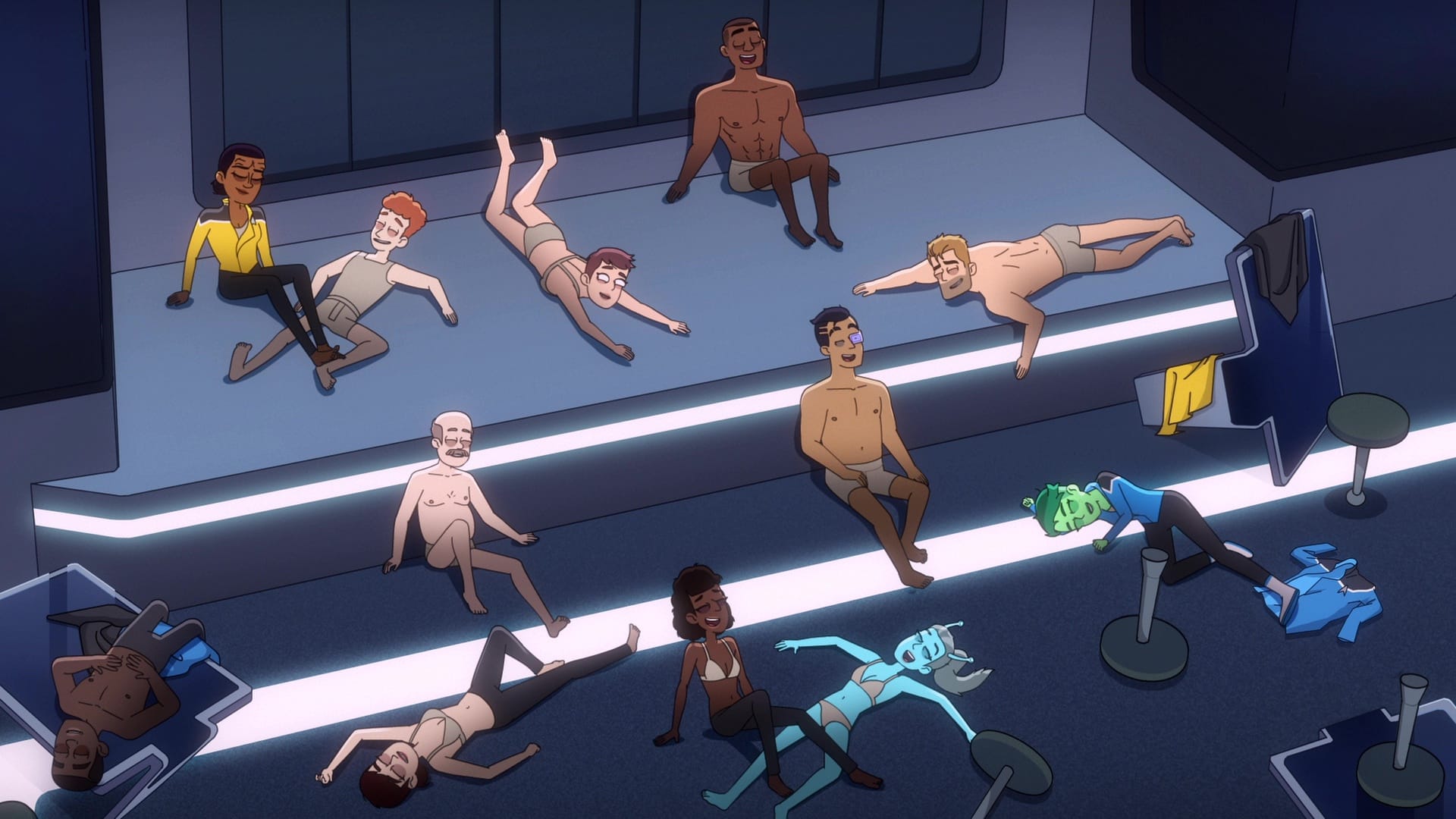
But at least we have the Blu-rays. Paramount never misses a chance to make a buck on Star Trek discs, and each new season of Lower Decks receives a very nice physical release, with razor-sharp video, lively audio and a generous serving of special features.
The Season Four set is no exception, with cast and/or crew commentaries for five of the ten episodes, a speed-run with McMahan and his stars through the season’s episodes, and a half-hour featurette, “Old Friends”, digging into the two-part season finale and the reverse-engineering of Mariner into that TNG episode I mentioned earlier. Like I said: I will miss this show.
You know what didn’t overstay its welcome, though? Tom Clancy's Jack Ryan, which starred John Krasinski as Tom Clancy’s rookie superspy and ran for four seasons on Prime Video from 2018 to 2023.
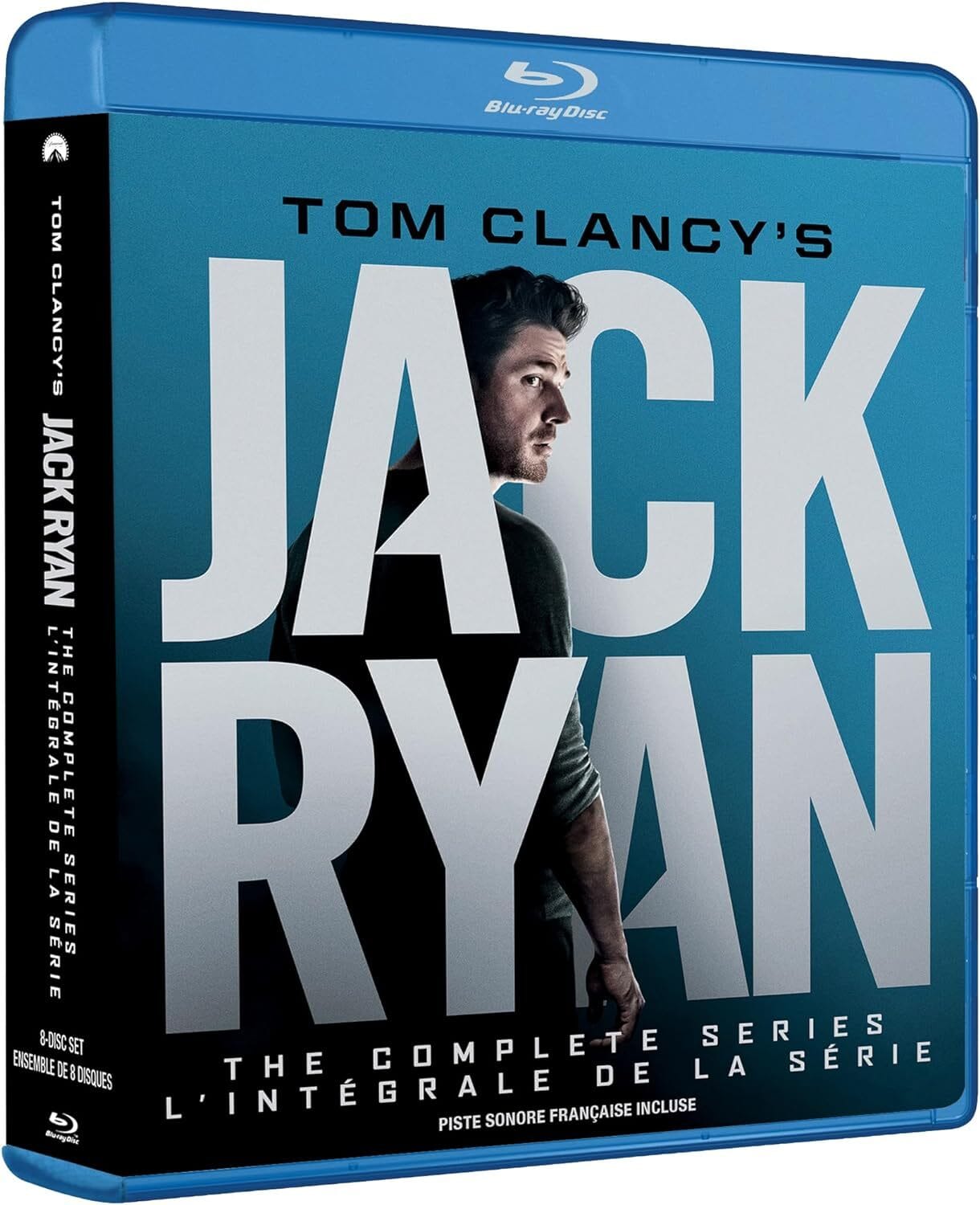
I don’t mean to imply the show wasn’t good – it was entirely fine, in an expensive but disposable sort of way. Before Yellowstone seized the crown with its boomer bait of Kevin Costner on horseback against various Western vistas Jack Ryan held the crown for Show Most Likely Be Playing When You See Your Dad On The Weekend. And why wouldn’t it be? It had everything!
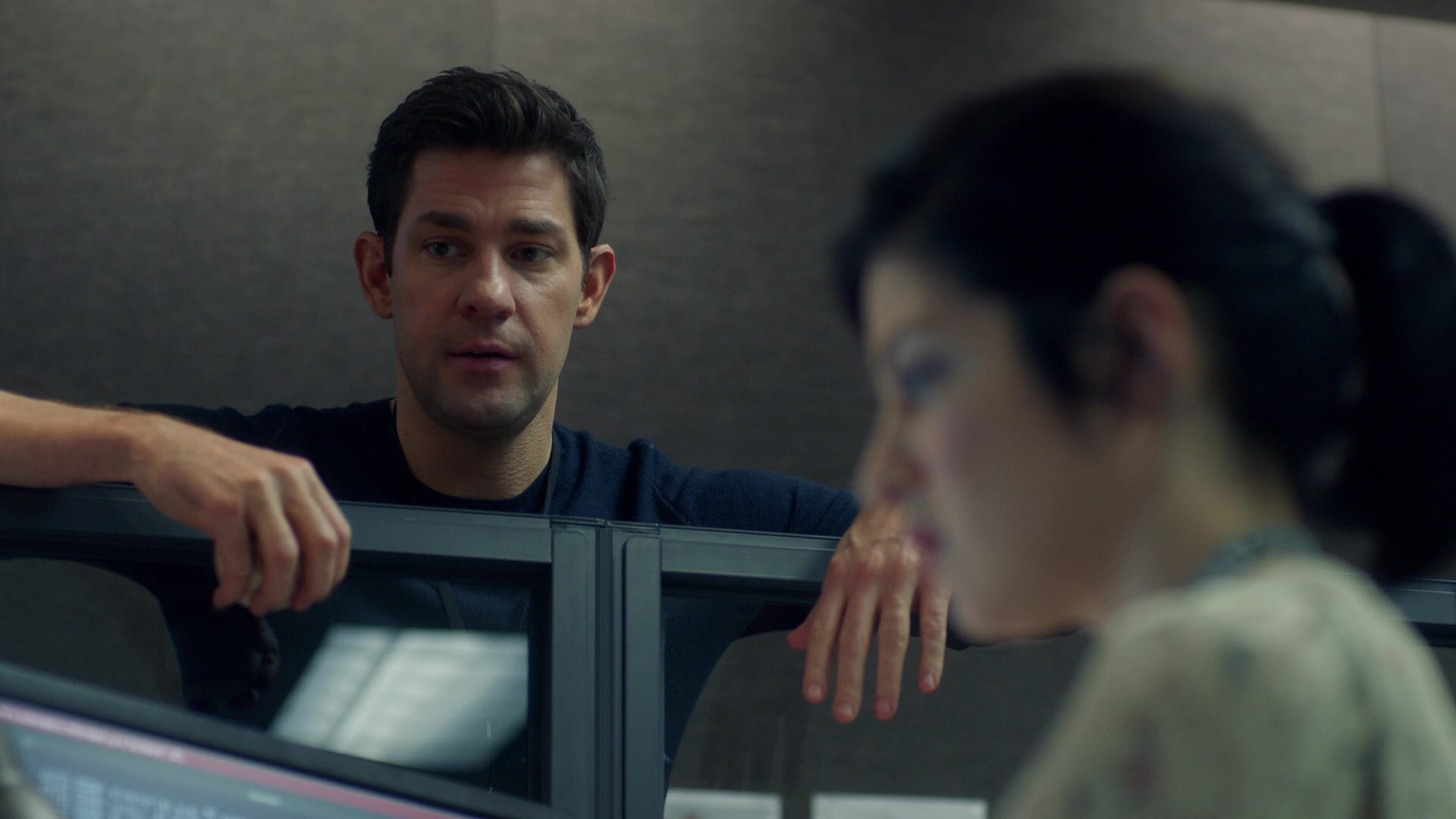
There was an unassuming hero constantly running towards explosions and/or yelling about the President having the plague, people in shirtsleeves trying to evaluate fuzzy drone footage while multiple clocks ticked on the walls behind them, the occasional proficient action sequence and lots of circular conversations about American security and geopolitical stability, all featuring a revolving cast of welcome character actors like Abbie Cornish, Marie-Josée Croze, Ali Suliman, Jovan Adepo, John Magaro, Allan Hawco, Noomi Rapace, Lee Tergesen, Jordi Mollà, Betty Gabriel, Michael Kelly, Nina Hoss, Michael Peña, Blair Brown, Natalie Brown, Frank Whaley, Daniel Kash, Arnold Vosloo and William Jackson Harper. Because when you have Paramount and Amazon money, you can get almost anyone.
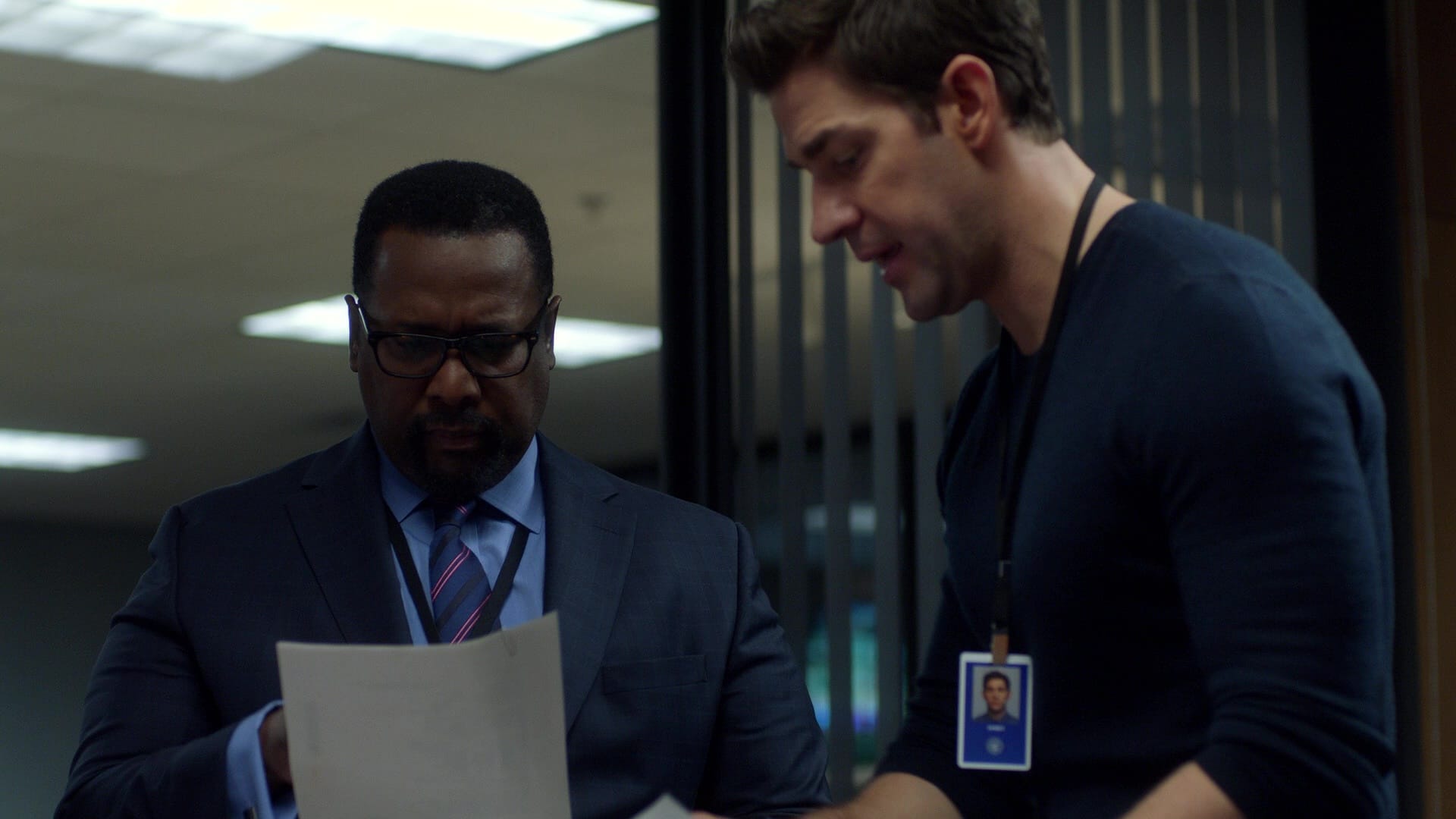
And through it all, Krasinski and Wendell Pierce were the anchors, rebooted versions of the characters originated by Alec Baldwin and James Earl Jones thirty-four years ago in The Hunt for Red October – because the only way Jack Ryan works is if he’s the guy in the room who’s in over his head, but who winds up saving the world because he’s the only person who can connect all the dots of a given situation. That was the genius of The Hunt for Red October as a novel, offering the reader a newbie’s way into an incredibly complicated and heavily technical narrative; we all felt out of our depth in Clancy’s prose, and Ryan – who was constantly forced to explain his theories and his presence to everyone he met up the chain of command – was our guide through the action.
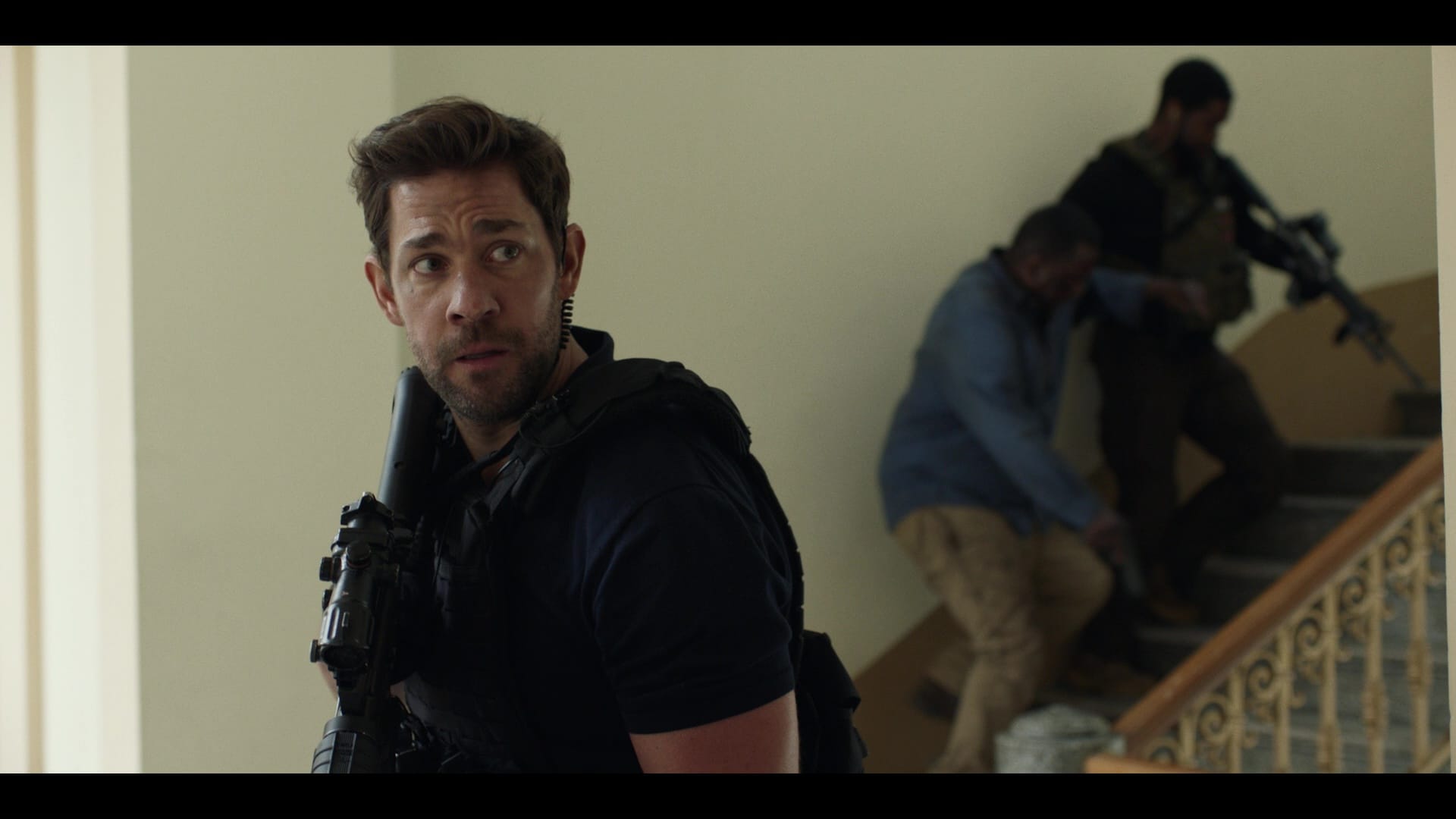
Now, Clancy’s books got a lot less compelling once people started realizing Ryan was the guy to ask about whatever crisis was unfolding, because Clancy had to find a way to keep Ryan from entering the action until the last possible minute since Jack Ryan has no flaws and is never wrong about anything. The movies had similar problems, which is why The Sum of All Fears and Jack Ryan: Shadow Recruit both reintroduced Ryan as a kid whose career at the CIA was just beginning, and why the Krasinski series does the same. Like Jason Bourne and Ethan Hunt, the character works best when he's facing opposition at every turn, rather than acting with the full authority and unlimited resources of the nation.
(That said, I’d argue the thing that really killed the original Ryan cycle was Harrison Ford unilaterally deciding that Jack Ryan shouldn’t use a gun in Clear and Present Danger, turning an ex-Marine who single-handedly took out an IRA strike force in Patriot Games into a flustered wonk in his next movie. That was a really weird junket.)
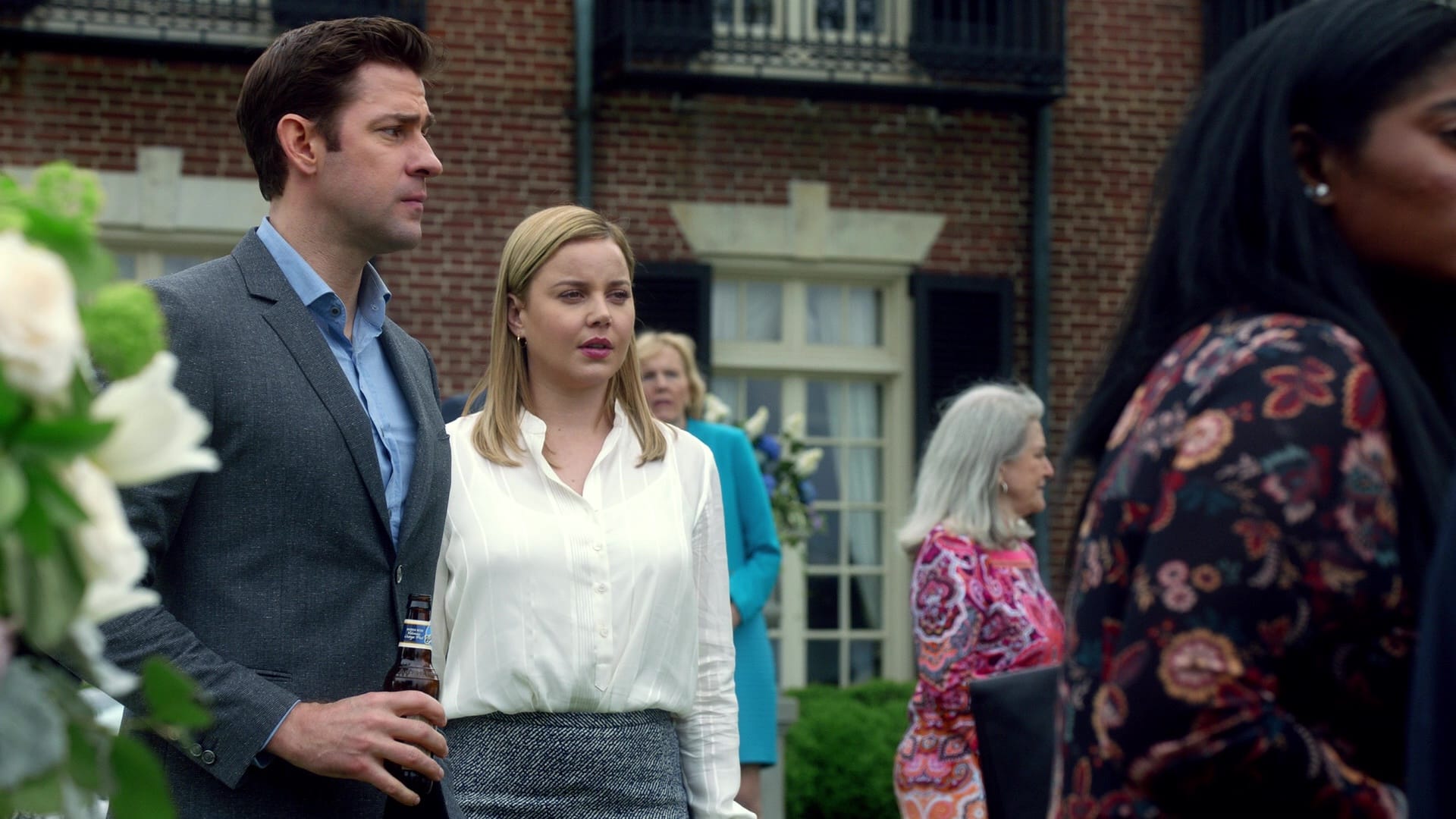
On television, in multi-episode seasons, the Jack Ryan concept worked pretty well – yeah, sometimes the plot took too long to take shape, but that meant Krasinski and Cornish could spend the downtime building out the romance of Jack and his future wife, Dr. Catherine Mueller – here reconceived as an infectious-disease researcher whose expertise might come in handy should someone, say, try to expose the President to Ebola. Jack and Cathy break up at the end of Season 1, but wind up back in one another’s lives in Season 4 because you can’t fight the text.
If you want the partnership that defines the series, you have to look to Krasinski and Pierce, whose professional partnership, which is a little different from the mentee-mentor relationship Ryan and James Greer had in Clancy’s books. (Once the series gets past the annoying initial idea that the two characters need to dislike one another, Krasinski and Pierce build a nicely complex friendship – though Pierce could find chemistry with a department-store mannequin, I’m betting.
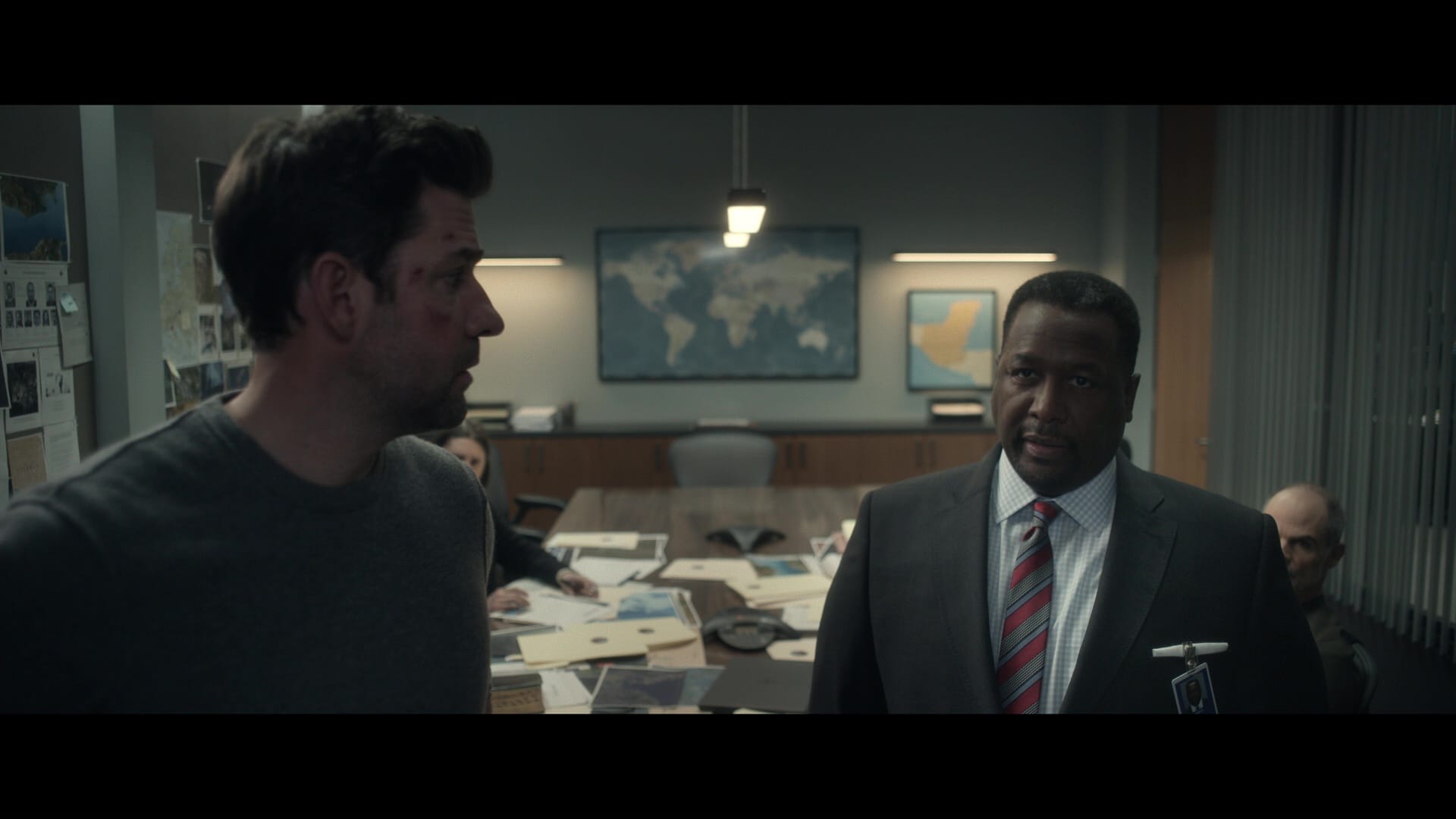
Fortunately, John Krasinski is not a department-store mannequin. He maybe tries a little too hard to affect a steadfast, stoic kind of bravery, but I choose to believe that’s Jack Ryan overcompensating rather than the guy playing him. At least in the first couple of seasons, when Ryan is still floundering, it works very well; in the third and fourth, once the guy’s a seasoned field operative and acting deputy director of the CIA, it’s a bit harder to sell, but Krasinski’s essential regular-guyness keeps it relatable. Jack Ryan might strap on the tactical gear and run around with a big gun, but he’s still a shirtsleeves guy at heart, thinking a couple of steps beyond the objective of the moment and trying to figure out if what he’s doing today could start World War III tomorrow.
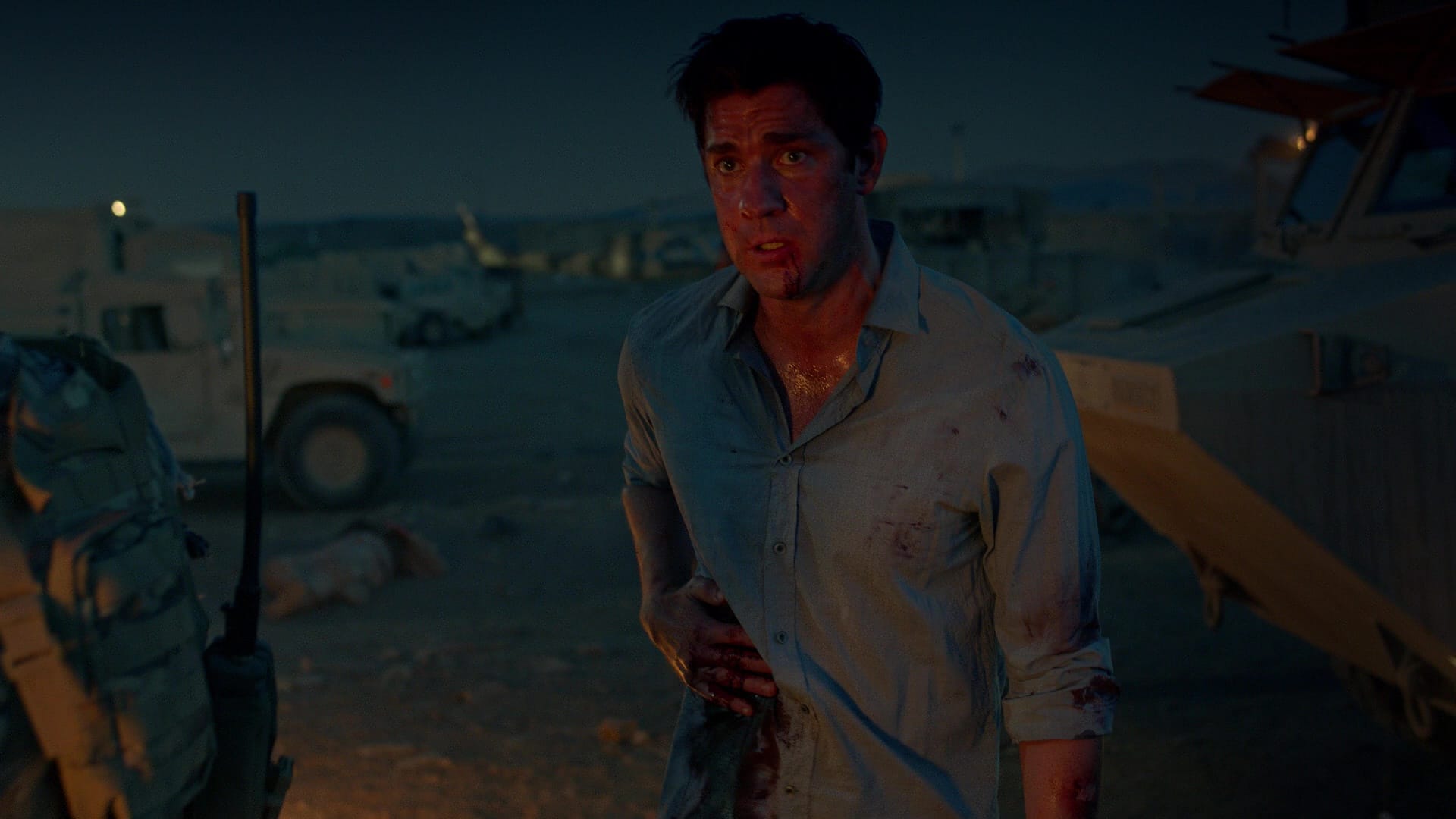
So, yeah. If you enjoyed the Jack Ryan experience, all four seasons are now available on Blu-ray – individually, of course, and in a Complete Series collection packing up all 30 episodes in one big eight-disc set. In addition to deleted scenes for each season, the Blu-ray sets offer Dolby Atmos soundtracks, a step up from the 5.1 audio of the streaming versions. And the higher, more consistent bitrate possible with Blu-ray is even more of an asset here than it is on Lower Decks, of course; every episode of the show looks like a million bucks. Or maybe ten.
Star Trek: Lower Decks: Season Four and Tom Clancy’s Jack Ryan: Season Four – as well as Tom Clancy’s Jack Ryan: The Complete Series – are available now on Blu-ray from Paramount Home Entertainment. There will likely be a complete-series set of Lower Decks when Season Five is released, too; that’ll be nice.
